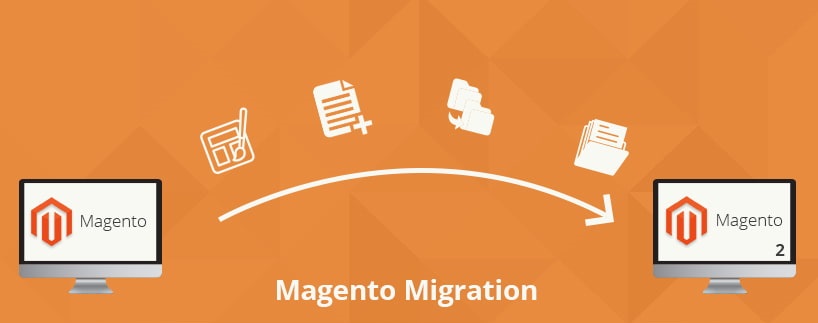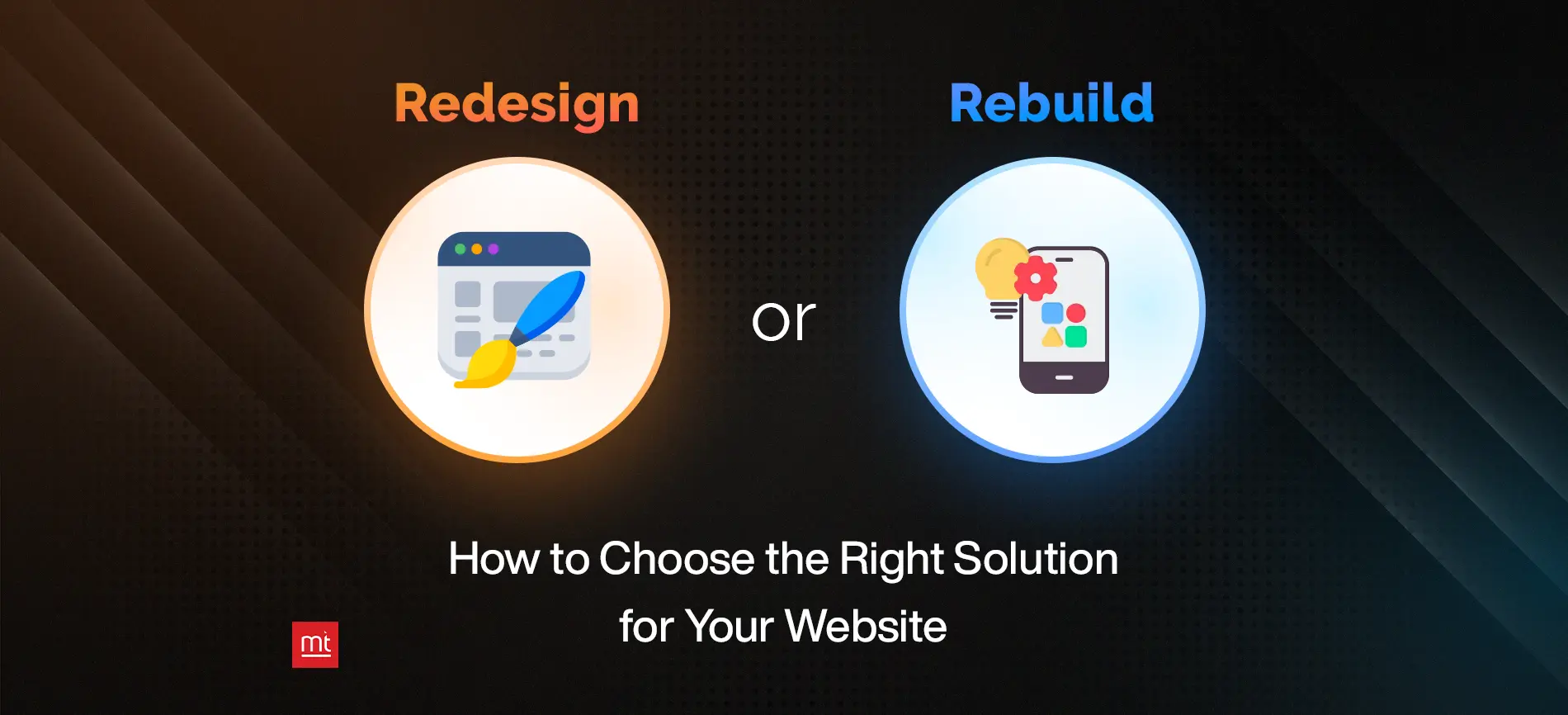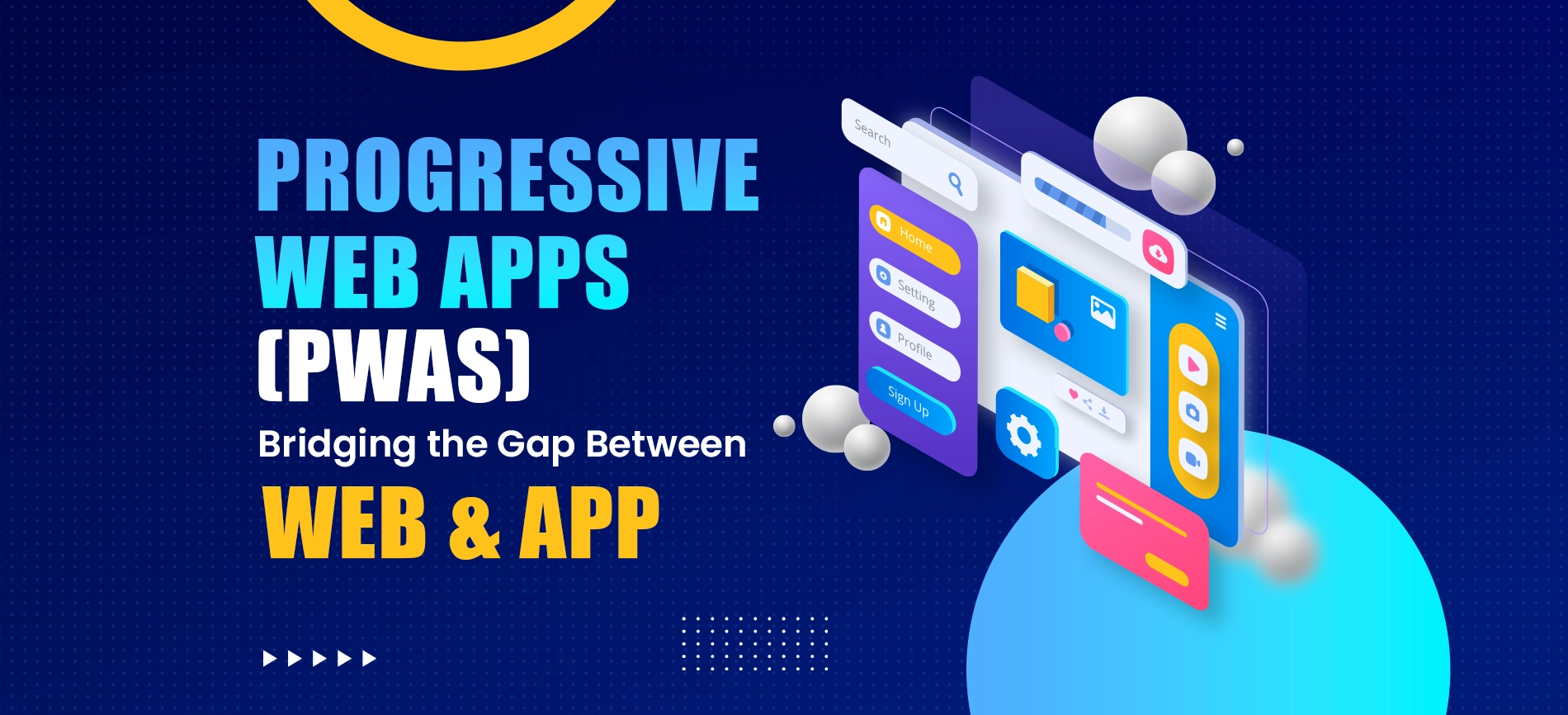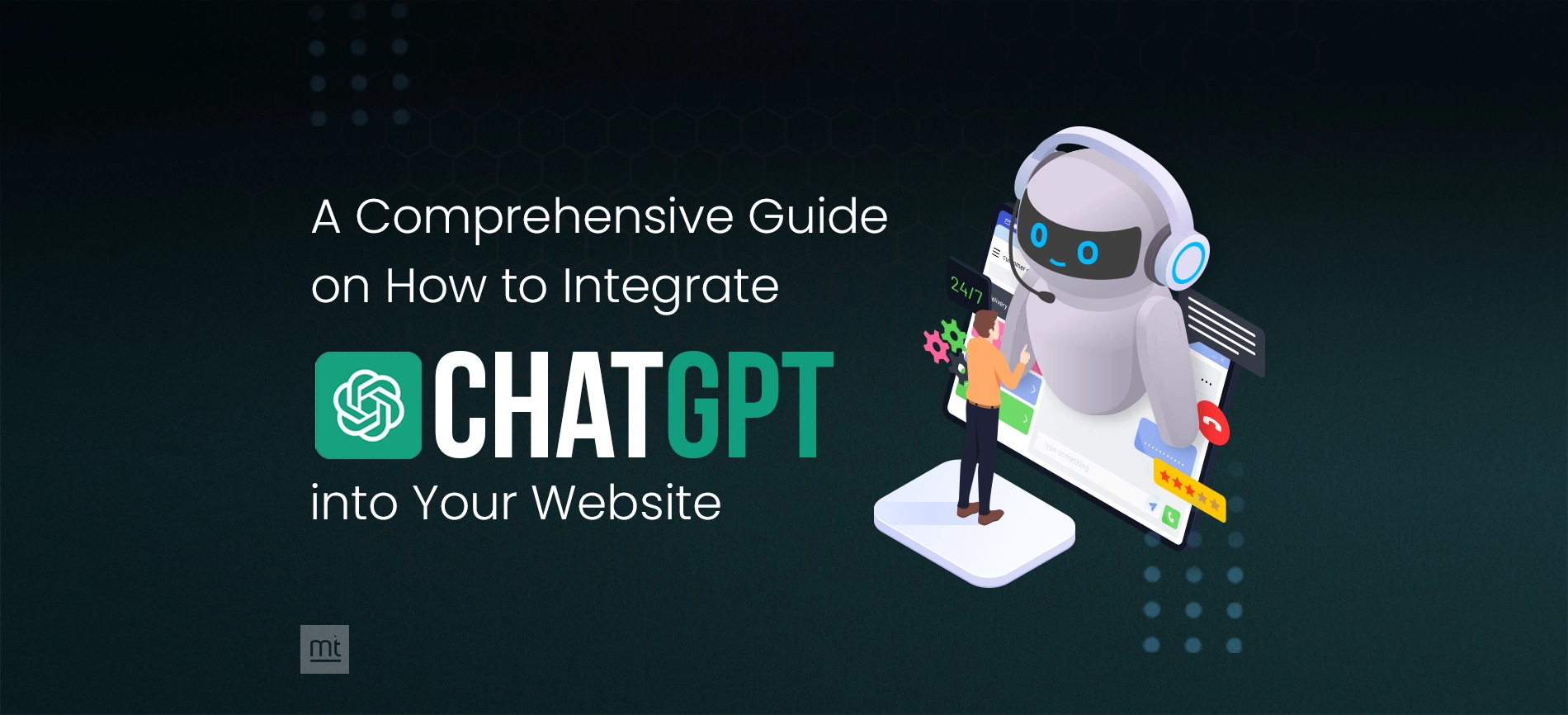Introduction:
Migrating to a new e-commerce platform is often a daunting task as it brings a lot of complexity and may hamper your business growth if not migrated correctly. The newest edition of Magento: Magento 2 appeared as a new breath of fresh air for many online retailers. It is packed with tons of features, more secure, more scalable, more flexible and more premium.
If you are planning to Migrating to Magento 2, you need to be particularly very careful. Although it is based on a different architecture and delivers user-friendly experience, Magento 2 migration needs to be dealt with dedication. It may take a lot of time and efforts to take a shift to Magento 2 based on the complexity, number of extensions and customization implemented in your store, but it is a significant move to drive your business.
Top 5 Important Things to Know Before Migrating to Magento 2
#1. Moving Product Data
Moving product data is a crucial task for an e-commerce retailer, especially for those who have thousands of items on the shelves. So, the first thing you should think about transferring a high amount of data to Magento 2. It is not an easy task, and you need to be very careful since any small mistake can result in a huge loss of data. If you are not an expert in this field, it is better that you look for migration extensions or seek the help of a proficient Magento development company as they can help you in moving your data to Magento without losing even a single piece of information. You should keep in mind the distinctive features of the new platform to understand how they handle the data.
#2. Moving Customer Data
Customer data is as critical as product data, and hence, you shouldn’t overlook its importance. You wouldn’t want your existing customers to feel that in the pursuit of updating your website you have lost their existing personal data. It makes them feel insecure about your website, and they may never return to you. Instead, securing their data and providing a new advanced version of your website really makes them feel that you care about their experience and willing to maintain close relationships. Customers are the heart of any business, so you cannot afford to lose or miss any customer data while migrating to Magento 2.
#3. Migrating Customization and Extensions
If your existing website is running some exceptional features, you may want to include them in your new website. However, not all extensions and customization are compatible with Magento 2. No matter from what platform you are migrating, try to understand and map the extensions that would help you move your current functionality to the new store. Moreover, upgrading your store gives you an opportunity to remove any unnecessary or obsolete extensions from your current store. Transfer only those extensions that you think are necessary and helpful to boost store performance and user experience.
#4. Shifting Themes and Visual Elements
It is impossible to have the same theme of the existing store and the new store. Therefore, you can either try to find similar theme or get a whole new look to your store. There are many third party theme providers where you can find theme with a user interface that matches your website. However, you should keep in mind how heavy the theme is. That is because such themes are often accompanied with extensions that may not be useful for you and hinder your website speed. If you are not really sure how to customize or integrate themes, you should consider help from a website development company. They know how to integrate themes and optimize them for maximum performance.
#5. Think About SEO
When we talk about the e-commerce industry, we cannot neglect the importance of SEO. When transferring your site to Magento 2, it is essential that you try to keep the content, headers, and other SEO elements consistent on your website. Nothing is more disappointing than to realize that your new website is not SEO-friendly and you are losing potential customers. When you integrate all the elements flawlessly, your site will automatically start getting rankings on search engines, and hence, more visitors.
Conclusion
Besides above mentioned points, there are several other things that you should consider while migrating to Magento 2. Keep a backup of the current version, store database and files securely and keep the site’s URL so in case anything goes wrong and requires extra time for correction, your business should not suffer. Switching to Magento 2 is imperative for online business owners to keep up with the advanced e-commerce features. It is possible that despite proper planning, the migration doesn’t work out as you expect. But, don’t worry. You can upgrade to Magento 2 smoothly by reaching out to expert Magento e-Commerce developers from ManekTech. Our dedicated developers have years of experience working with Magento development and migration, and they know how to plan every step and execute it.
About Author
Subscribe to Our Newsletter!
Join us to stay updated with our latest blog updates, marketing tips, service tips, trends, news and announcements!





















